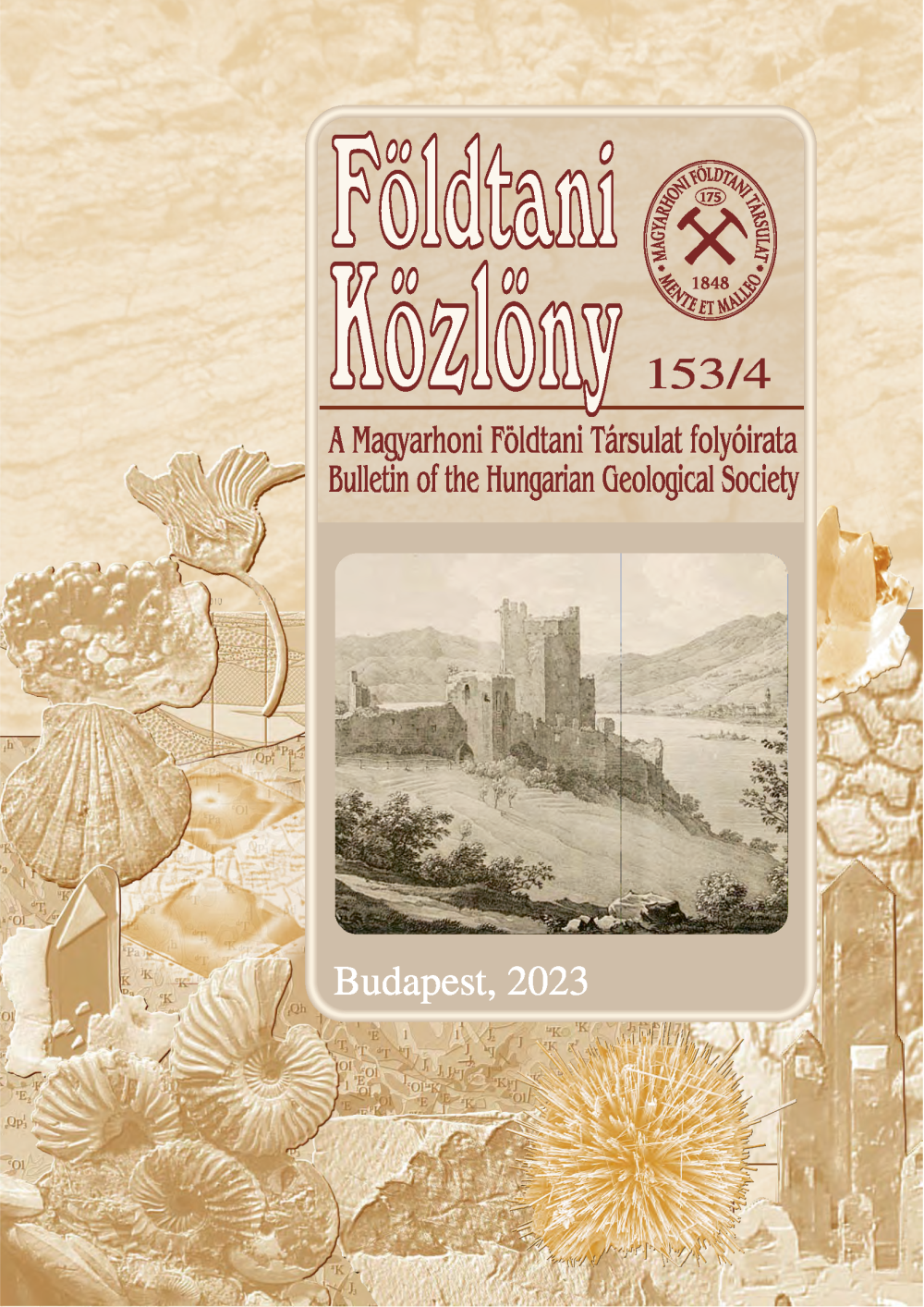Mineralogical mosaics from the Carpathian–Pannonian region 1
Abstract
This paper is the first member of a series of publications in which the authors intend to present the scattered, mosaic-like nature of data acquired during recent mineralogical research from the Carpathian–Pannonian region. These data are organized by localities and/or genetics. Furthermore, they represent an important addition to the modern mineralogical knowledge of the area. It was decided that these particular data could not be presented separately as individual papers and this is why they are illustrated in the format of this study. One mosaic is focused on the exact identification of a mineral, or some minerals — dominantly based on XRD, EPMA and SEM-EDX data — with the description of its/their paragenesis.
This paper is the first description of the minerals reported here (at least from the specific localities mentioned). The first part of deals with some rare secondary minerals from Rudabánya, Hungary: roxbyite, copper halides (connellite, claringbullite), greenockite and ramsbeckite. Roxbyite could be an alteration product of Cu-sulphides in the course of their early formation (e.g. digenite, djurleite). The copper halides are connected to the cuprite of the oxidation
zone; the greenockite is related to the decaying sphalerite; and the ramsbeckite is associated with the smithsonite and brochantite, which are of supergene origin.
The second part of the paper presents secondary phosphates (strengite and cacoxenite) from the oxidation zone of the manganese deposit of Razoare, Romania. Argentojarosite is also described here from the silver-rich upper zone of the
polymetallic mineralization of Baia Sprie, Romania. Its interesting chemical zonation is also illustrated.
The final part of the paper describes data from Slovakian localities — for example, with respect to jacobsite from the manganese deposit of Euema, Slovakia. This mineral is well-known from the Mn-silicate mineralizations of Romania,
but it is new from this location. The jacobsite has two different compositions based on EPMA data. One is close to the Mn-Fe oxide formula, whereas the other contains an important Al substitution in its structure. Jacobsite could be one of
the manganese ores which was mined at the location 100 years ago. An arsenate, arseniosiderite is characterized here from the Sn-W-As greisen mineralization of Hnílec, Slovakia; it was formed as an alteration product of arsenopyrite and
löllingite. Bismutoferrite, a secondary Bi-Fe silicate, is described from the Bi-Te-Se indications of the Vihorlat Mts, Slovakia; this is the type locality of telluronevskite and vihorlatite. Bismutoferrite was formed as an alteration product of
the above-mentioned telluronevskite and vihorlatite. A poorly crystalline phase with varying Bi content is also visible nearby the bismutoferrite.











